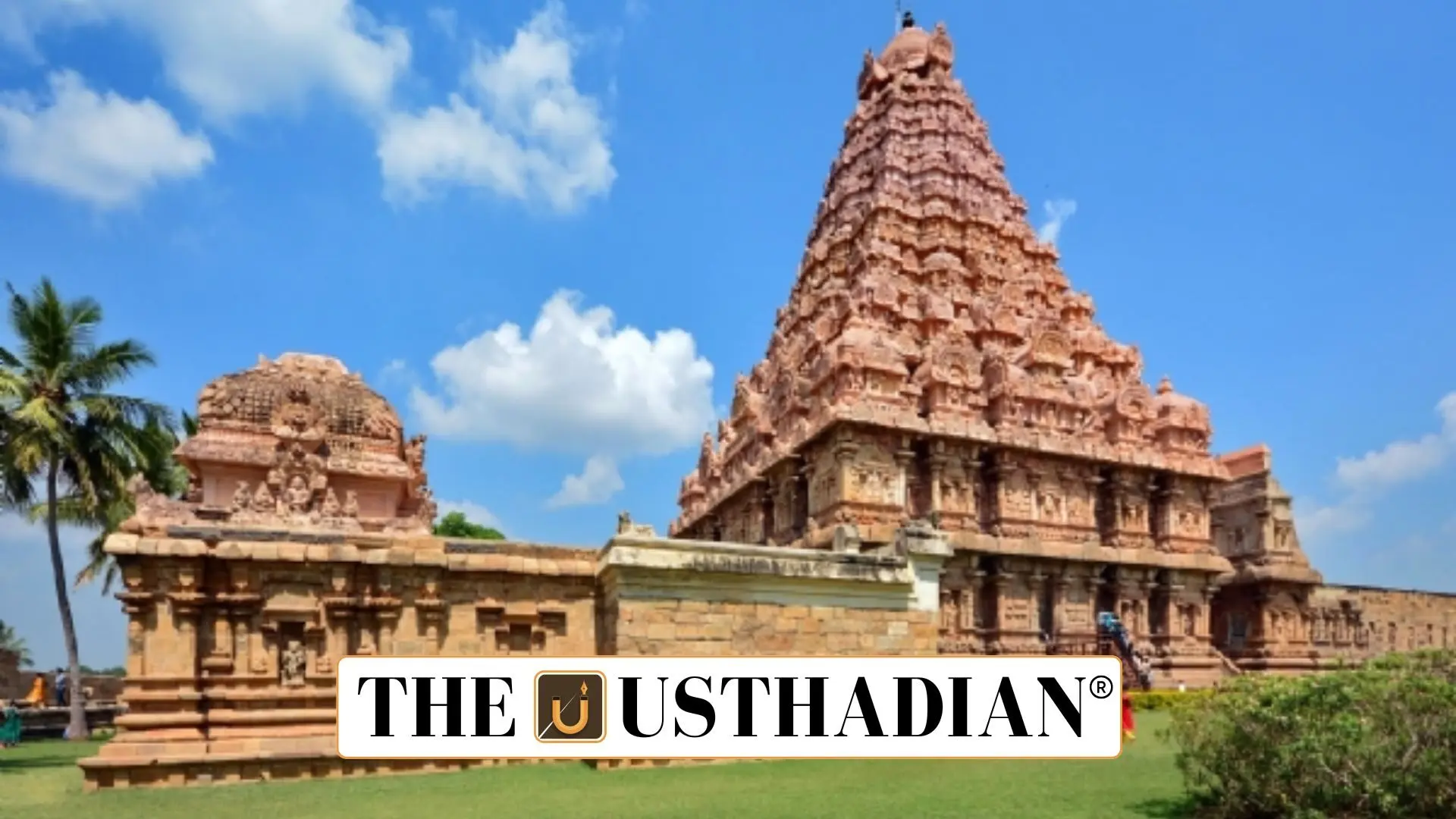A Surprising Discovery in the Hills of Madurai
Rajaraja Chola I’s Inscription Found in Madurai: A New Glimpse into Tamil History : A recent archaeological find in Melavalavu’s Somagiri hills, Madurai, has stirred excitement among historians. An ancient inscription dating back to Rajaraja Chola I’s reign, around 1000 CE, has been unearthed. What makes this discovery unique is that it’s located deep in the Pandya heartland, confirming the Chola king’s military and administrative presence in the region. The inscription mentions a commander named Viranarana Pallavarayan and the construction of a temple by Malaiyappa Sambu, underlining the religious and political influence the Cholas had even in conquered territories.
Rajaraja Chola I: The Builder of Empires
Rajaraja Chola I, who ruled from 985 to 1014 CE, was the son of Parantaka Chola II. His reign was a turning point in Tamil history. Known for his sharp strategic mind, he expanded the Chola Empire in all directions. He famously captured Madurai from the Pandyas and renamed it Rajaraja Mandalam. Victories like the Battle of Kandalur Salai in 988 CE and the Sri Lankan campaign in 993 CE helped him gain control over critical trade routes and cultural centres.
Beyond Battles: A Visionary Administrator
What set Rajaraja Chola apart was not just his victories but his governance model. He broke away from the older system of hereditary rule and introduced appointed officials to strengthen the state. The empire was divided into nine provinces, each with its local councils for efficient management. This decentralised governance system allowed villages to maintain self-rule, while also staying aligned with the central monarchy—a rare feat for that time.
A Legacy Carved in Stone and Bronze
Rajaraja Chola’s cultural impact is visible even today. He commissioned the majestic Brihadeshwara Temple in Thanjavur, which continues to awe visitors with its Dravidian architectural brilliance. The temple not only served as a place of worship but also as a treasury, a court, and a centre for the arts. The king also issued coins bearing his image and that of a seated goddess, symbolising divine legitimacy and state power.
Trade and Economic Brilliance of the Cholas
Economically, the Chola era was marked by vibrant trade and wealth. The empire actively traded with Southeast Asia and West Asia, exporting textiles, spices, and precious stones. The role of guilds and merchant associations like the “Manigramam” and “Ainnurruvar” ensured smooth internal commerce. Maritime expeditions weren’t just for conquest—they opened up commercial channels that sustained the Chola economy.
Static GK Snapshot Table
Rajaraja Chola I’s Inscription Found in Madurai: A New Glimpse into Tamil History :
| Topic | Details |
| Ruler | Rajaraja Chola I (985–1014 CE) |
| Major Battle | Kandalur Salai (988 CE) |
| Madurai Renamed As | Rajaraja Mandalam |
| Temple Contribution | Brihadeshwara Temple, Thanjavur |
| Trade Partners | West Asia, Southeast Asia |
| Coinage Feature | King with a seated goddess |
| Recent Inscription Found | Somagiri Hills, Melavalavu, Madurai (2025) |
| Key Commander Mentioned | Viranarana Pallavarayan |








